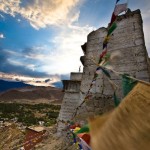India is a land of mystics and mysteries. There are as many stories as there are people. Those who believe that India is all snake-charmers definitely need to brush up their knowledge of the country. There are not just snake-charmers, we have ghosts, avatars, strange phenomenon and stranger beliefs too.
Here are 20 places that stand out for being unusual and mysterious.
20. Karni Mata Mandir – Temple of Rats in Rajasthan
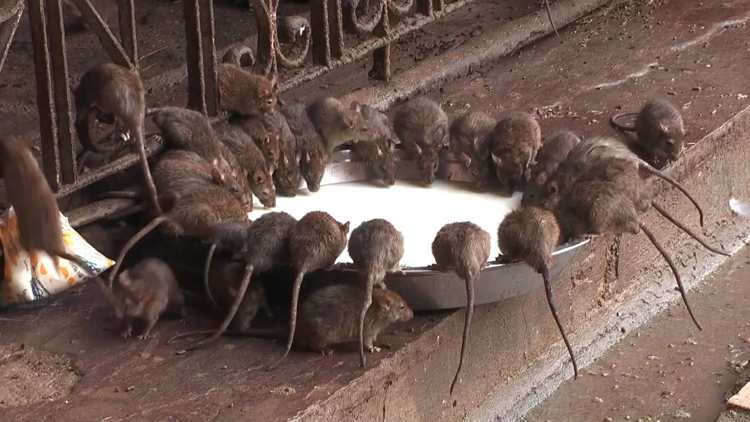
The Karni Mata temple is located in a small town called Deshnoke in Rajasthan. Its claim to fame is the huge number of rats that are revered here. The temple has about 20,000 rats roaming its premises.
Quirk factor: Food nibbled by the rats is considered exceptionally holy. If a rat is killed, it has to be replaced by a rat of gold!
19. Mass Bird Suicides at Jatinga, Assam
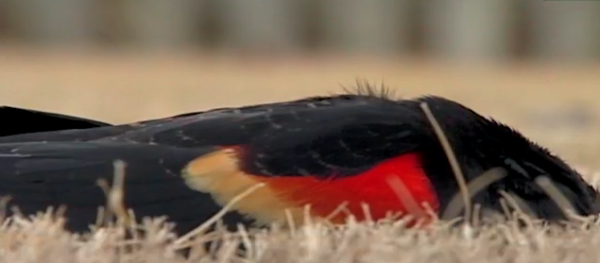
Every night, after sunset, hundreds of birds fly towards buildings and crash themselves to death! This is a recent phenonmenon and has puzzled scientists and ornithologists, inculding India’s most famous ornithologist, Dr Salim Ali. Some theories say that the birds fly towards light, some attribute it to magnetic powers of the region, but none of these hold true.
Apparently, this phenonemenon so freaked out the Nagas who had settled here that they sold the land to the Jaintis, who consider this mass suicide as a blessing, and collect the dead birds for consumption.
18. Floating Islands of Loktak in Manipur
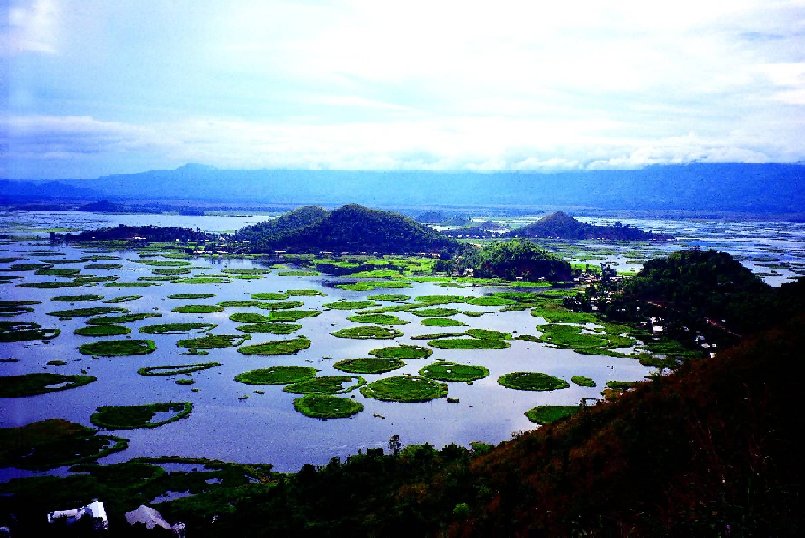
The Loktak Lake in Manipur, also known as the only Floating Lake in the world, poses a strange sight with large masses of vegetation, perfectly circular in shape, floating on the surface. These are called Phumdis and areclusters of vegetation, soil and other organic matter. Some of these floating ‘island’ are so large that resorts have been built on them.
17. Skeleton lake in Roopkund
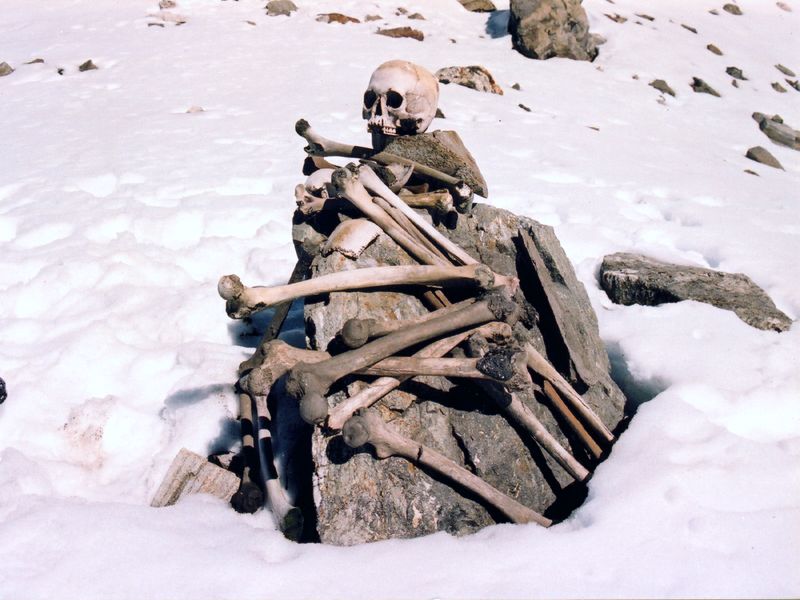
The Roopkund Lake or the Mystery Lake OR the Skeleton Lake is a stunning glacial lake in Uttarakhand, and is called so because of the scores of human skeletons that were found in it. Yes, somewhere at 1600-feet above sea level, in a lake that remains frozen for most part of the year, mass deaths happened. These skeletons, which were discovered by a forest ranger in 1942 (the horror!), have been dated back to the 9th century. Local legend believes that the skeletons belong to the troupe of a king from Kannauj who was travelling with his pregnant wife and servants, and died in a hailstorm at Roopkund.
16. Great Wall of India – Kumbhalgarh Fort
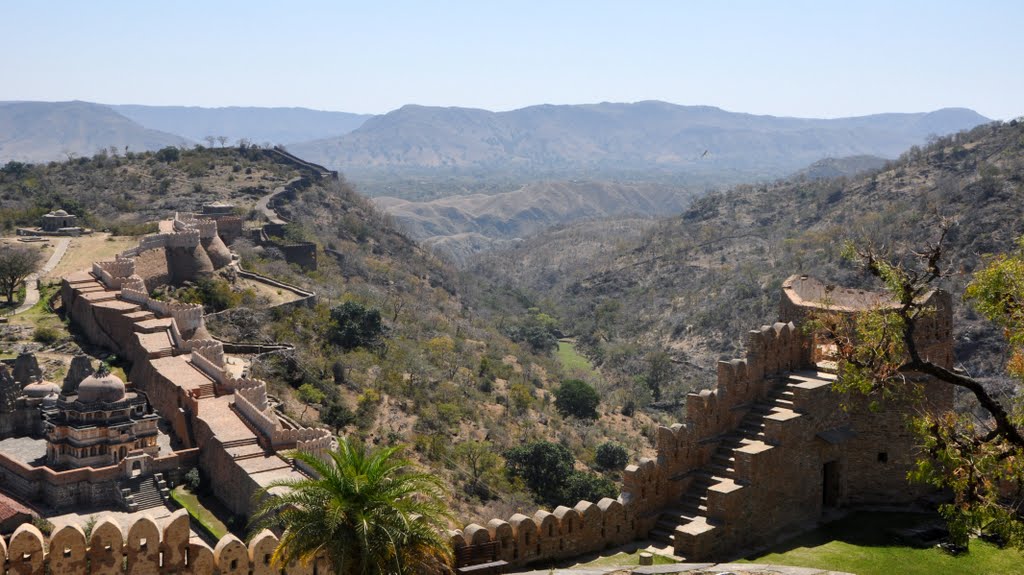
Kumbhalgarh is a massive fortress situated 82 kms from Udaipur in Rajasthan. The walls of this fortress constitute a perimeter of around 36 kms, and are said to be the longest wall in India, and the second longest in the world, after China’s Great Wall. What’s more, the walls house 300 temples. And no, it’s not visible from space.
15. Bhangarh Fort
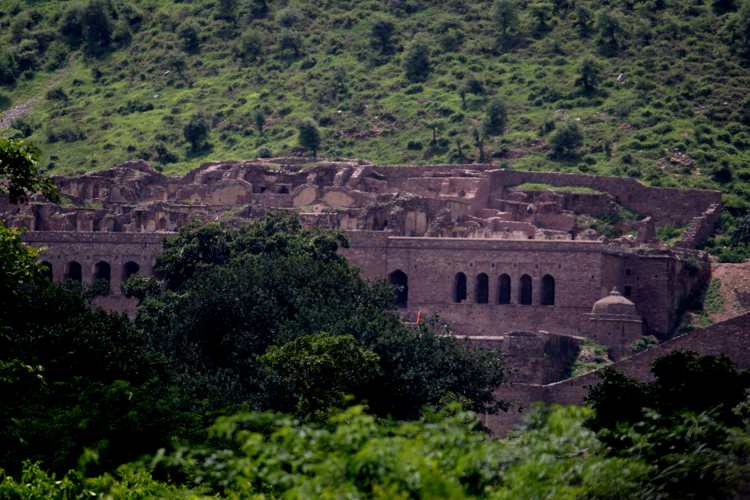
One of the most famous haunted places in India, Bhangarh is located in Alwar in Rajasthan. The place is know for its ruins – of temples, havelis, shops, and a palace. Staying overnight at the fort has been prohibited by the government as it is believed that the fort is haunted by ghosts at night. Locals also believe that there is a night market behind the palace, which is invisible to the human eye.
14. Malana, Himachal Pradesh
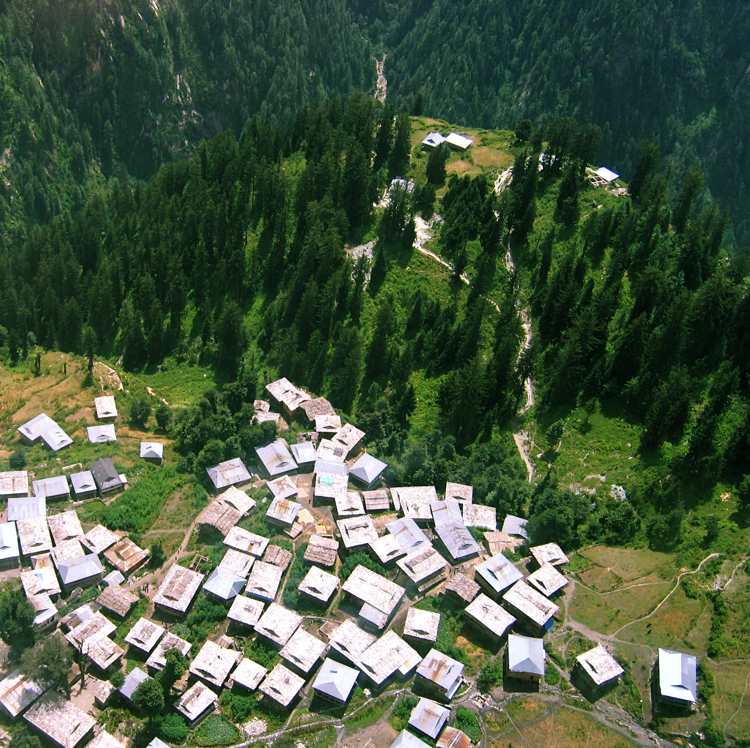
It is considered as the oldest civilisation in the country, and does not associate itself with Indian governance. The inhabitants of the place believe themselves to be descandants of Alexander and his soldiers, and thereby superior to the rest of the Asian races. Touching them or their houses is not allowed and a fine of Rs 2000 is imposed on offenders. All this probably puts a cosy cloak on the hash trade that thrives in this tiny Himalayan settlement. Malana crean is believed to be one of the best and smoothest hash varities in the world.
13. Great Banyan Tree, Kolkata
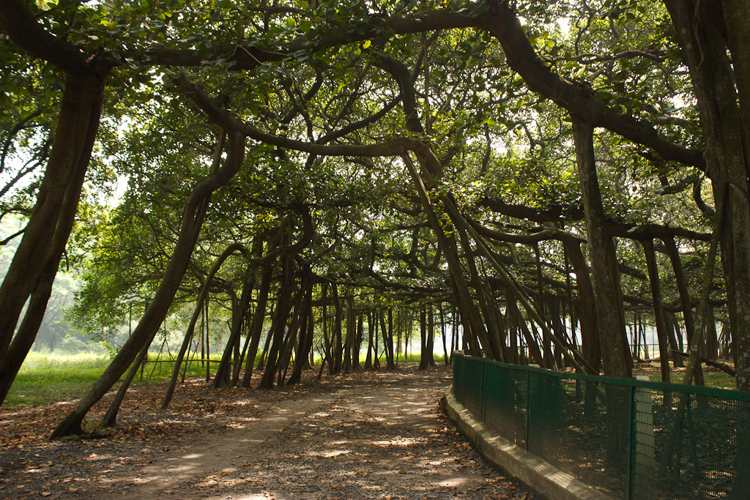
The Great Banyan Tree located in Indian Botanical Garden in Howrah is the widest and the oldest tree in India. It has stood strong for 200 years and has faced two cyclones, a fungus attack, lightning. With 3300 aerial roots spreading far and wide, the tree is more like a dense forest.
12. Bullet Baba in Rajasthan
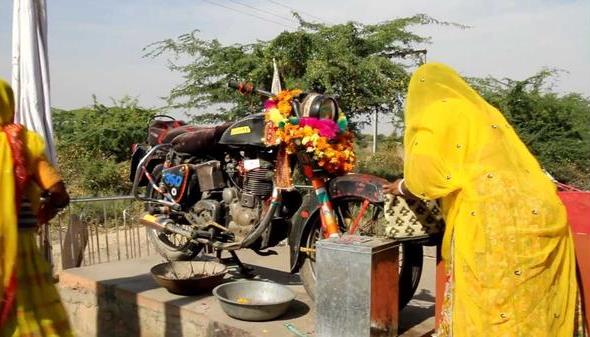
Om Banna (real name: Om Sing Rathore) was a biker who died when his motorcylce fell into a ditch on the Pali-Jodhpur highway in Rajasthan. The police came and took possession of the bike. But the next morning the bike was found at the accident spot. When the police seized the bike again, this time chaining it, it was still found at the accident site the next morning. What was even more spooky was that the fuel tank of the bike was empty. The spot has now been made into a shrine named “Bullet Baba Temple” and travellers, especially bikers, stop by to pay their tributes to Om Banna.
11. Magnetic Hill, Ladakh
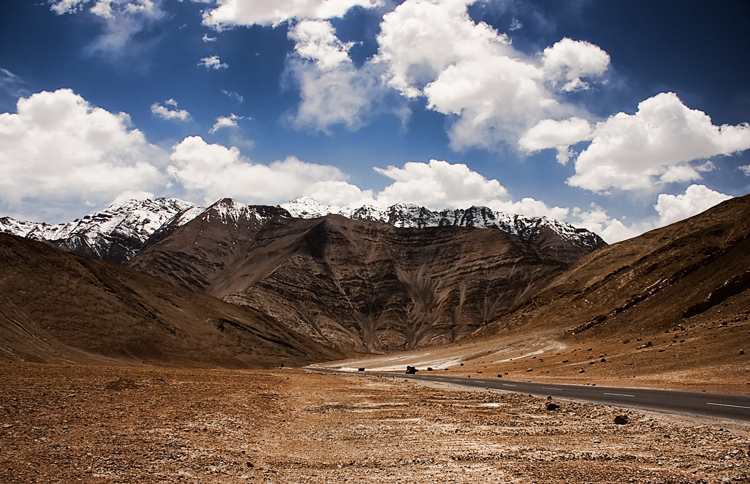
Cars seem to roll uphill on their own here, apparently being pulled by the hill’s magentic properties. It is located in Leh-Ladkah. If you know anything about gravity hills, you would figure out the mystery behind this strange phenonmeon. In reality it is an optical illusion. Go figure.
10. Kodinhi Village of Twins, Kerala
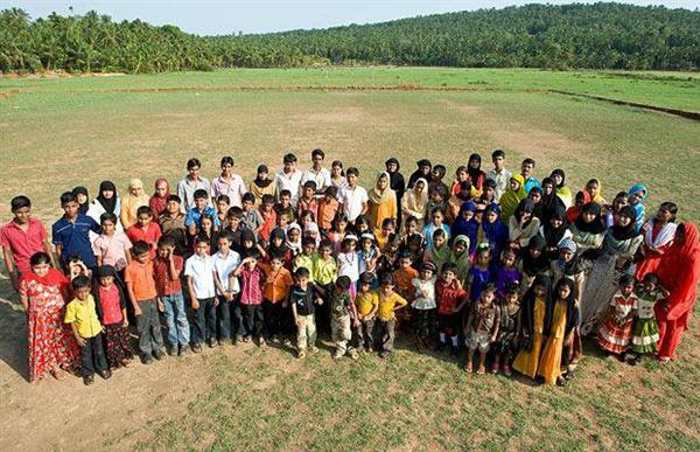
This tiny village’s claim to fame is the high number of pairs of twins found here. The village’s population is 2000 and the number of twin pairs is 350. Kodinhi has one of the world’s highest twinning rates, while India comes in the league of the lowest twinning rates. Almost every family here has twins. This gives rise to a lot of confusion – the most difficult one being that among couples.
Here too scientists have been left dumbfounded as no clear finding has been able to explain the Sita-Gita phenonmeon.
9. Lonar Crater Lake, Maharashtra
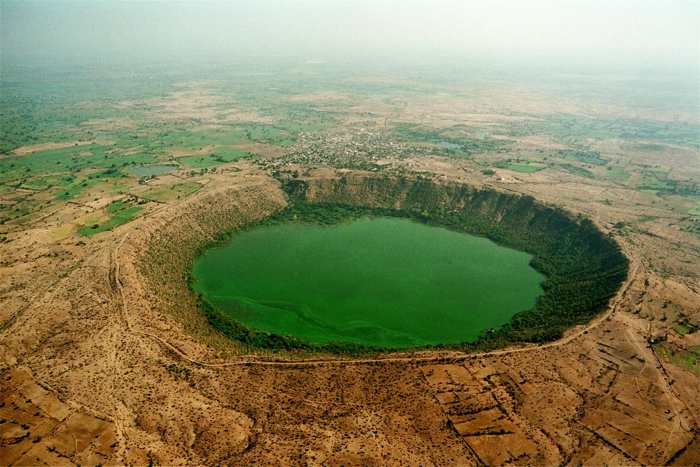
As the name suggests, the Lonar Crater Lake was formed when a meteorite hit the earth and formed a crater. The lake has even found a mention in the Skandha Puranas. It is one of the very lakes that are both alkaline and saline in nature.
8. Floating Stones of Ram Setu Bridge at Rameswaram
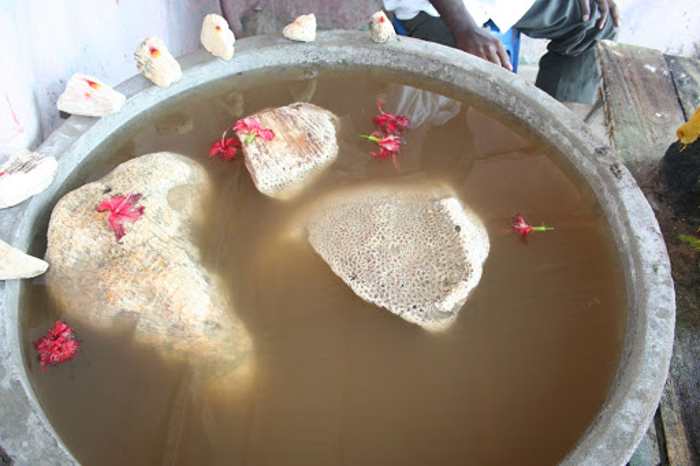
The Ram Setu Bridge is not just a mythological fact from the Ramayana, it is very much a physical reality, the remains of which were actually found between India and Sri Lanka. It is said that any stone on which Lord Rama’s name was written never sank in water, and this was how the bridge was made. Some of such ‘floating stones’ are found around Rameswaram in Tamil Nadu. With Rama’s name still engraved on them, these stones still float in water when put in vessels by devotees.
7. Living Tree Bridges of Cherrapunji, Meghalaya
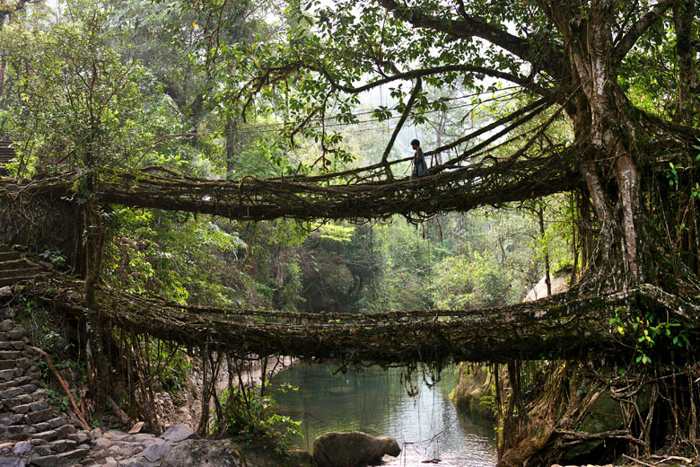
The slopes of Jaintia and Khasi hills are home to an unusual formation of trees. The tree in question: a variety of a rubber tree – has roots as long as 3000 feet slithering their way along the slopes. The trees cling to the upper regions of the riverbanks and send down their roots to the riverbed. And humans that we are, we have moulded the roots to serve as natural bridges between the rivers. The webbed network of roots over the rivers surely does present a bewildering sight.
6. Levitating Stone of Shivapur, Maharashtra
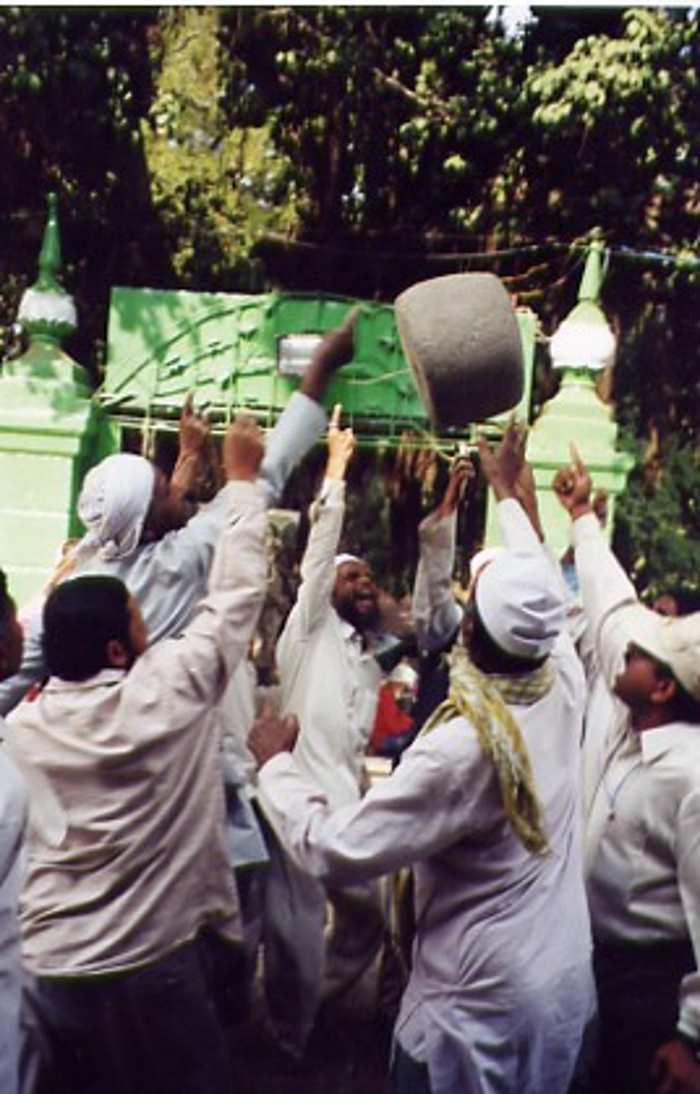
In the small town of Shivapur, near Mumbai, is the shrine of Qamar Ali Darvesh. The quirk factor of the place is that there is a 200-kg stone here that can be lifted only if eleven men lift the stone with their index fingers while chanting the name of the saint. Many attempts have been made by men to lift the stone, but every attempt without chanting the name has been unsuccessful.
5. Phuktal Monastery, Ladakh
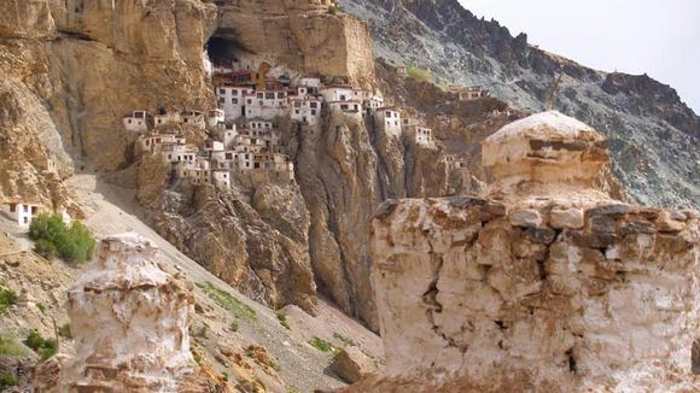
This one could easily be missed by the human eye. Built into a cave facing a cliff, like a honeycomb, the monastery easily blends with its sandy surroundings in the Zanskar valley in Ladakh. To reach the place, one has to do a treacherous 3-day trek from Padum. How it was constructed, in the 12th century, is beyond imagination. It is undoubtedly the loneliest monastery in the world.
4. Door-less Houses of Shani Shignapur
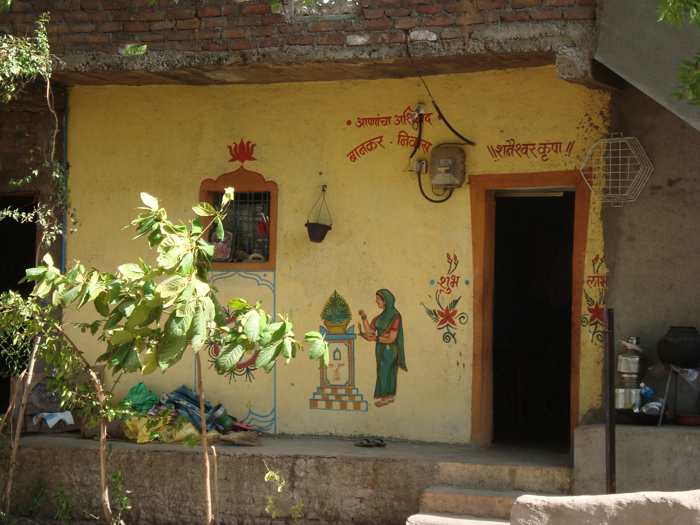
The village of Shignapur in Maharashtra is probably one of its kind in India. No house in the village has doors. And the people don’t lock up their valuables. The village is under the protection of Shani devta (the Shani god) and it is believed that Shani will punish anyone committing a crime.
3. The Visa God of India – Chilkur Balaji, Hyderabad
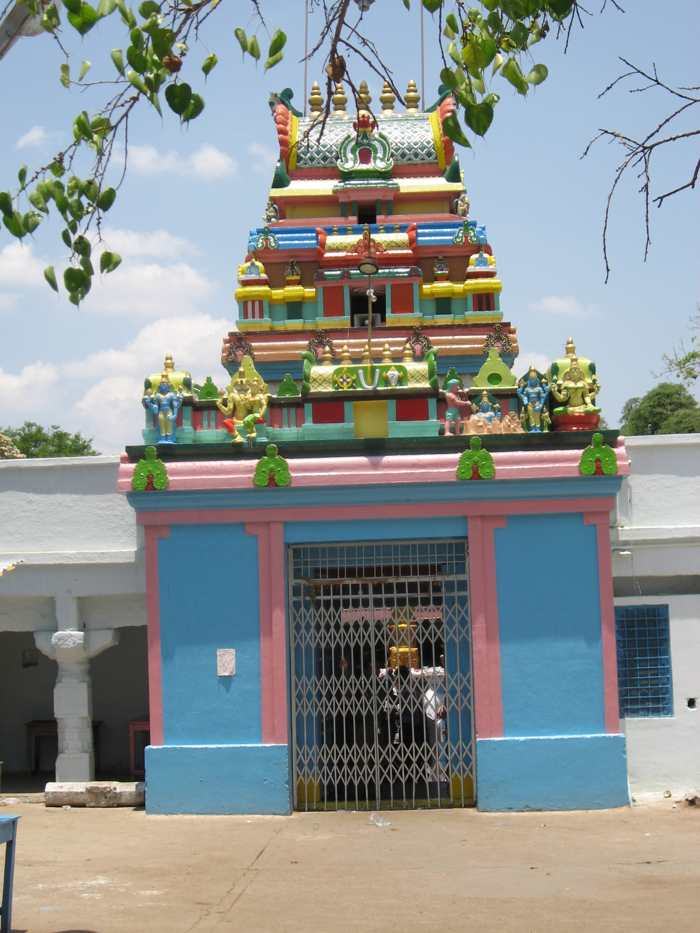
Modern times, modern needs, modern gods. Let’s face it – getting a visa is more difficult than getting a job, or a boyfriend. The Chilkur Balaji Temple in Hyderabad, popularly known as the Visa Temple, is the home of the only ‘visa’ god in the country. The temple doesn’t accept any money or gifts, and has a policy of equality for all its devotees.
2. Hide-and-Seek Beach of Orissa
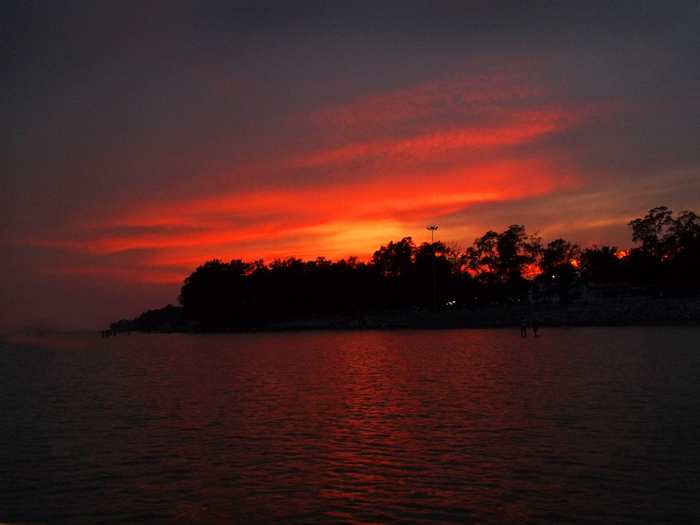
If you visit this beach in Orissa for the second time, it is possible that it won’t be there. And when you visit it for the third time, it might again resurface. The beach disappears from time to time depending on low and high tide. This is the Chandipur beach, also called the Hide n Seek beach.
1. Hanging Pillar of Lepakshi
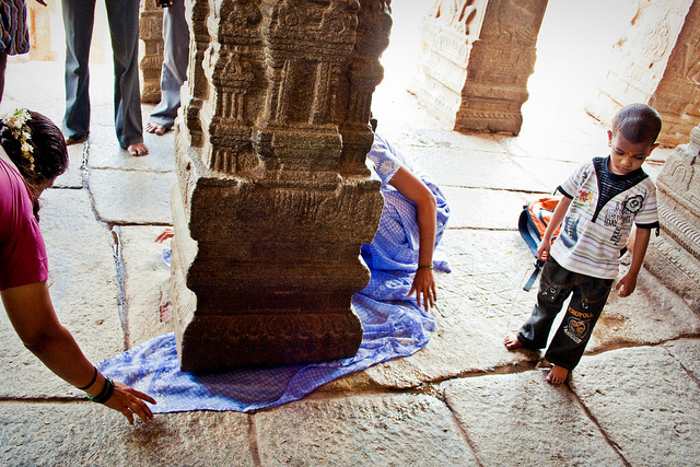
Lepakshi Temple in southern Andhra Pradesh is another marvel of Indian architecture. Out of the 70 pillars, there is one that hangs without any support, and does not the touch the ground. Pilgrims and curious tourists pass dupattas, twigs and other thin objects under the pillar to see if the claims are true. It is even believed that doing this will bring good luck to the devotee.
Latest posts by Nishi Jain (see all)
- 10 Bizarre Sculptures across the World - March 8, 2021
- Most Romantic Places in Delhi - February 14, 2021
- 20 Most Mysterious Places in India - January 31, 2021


